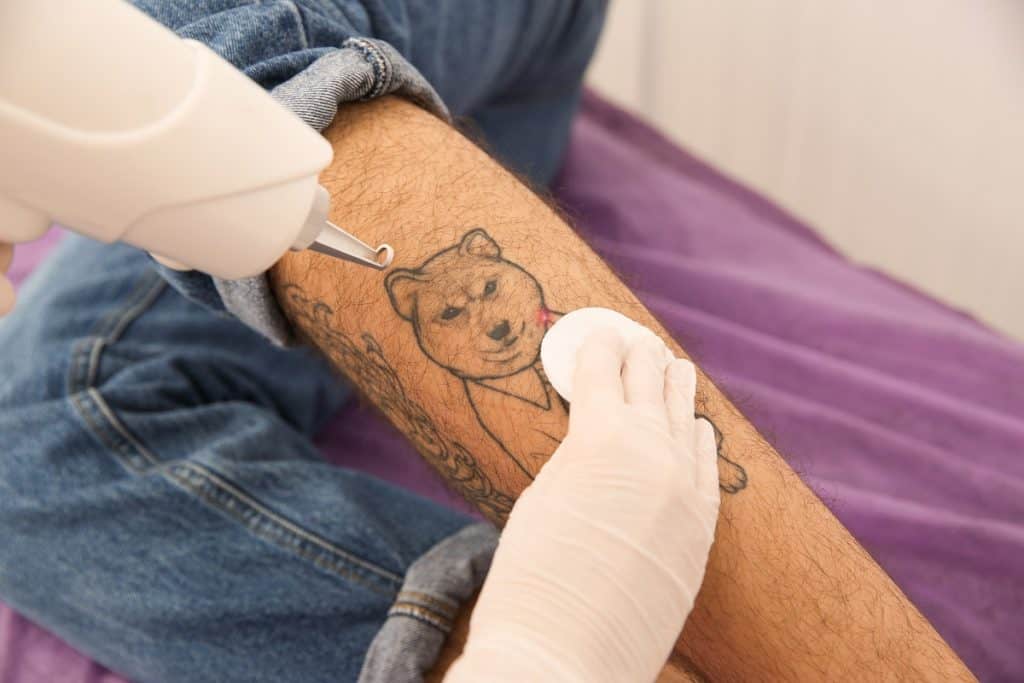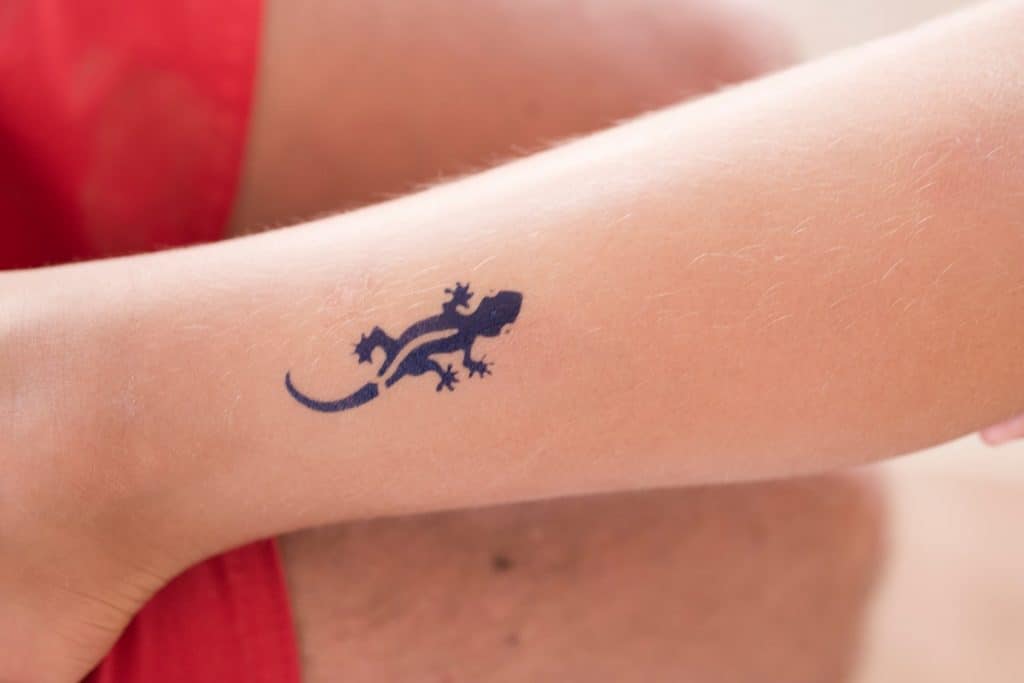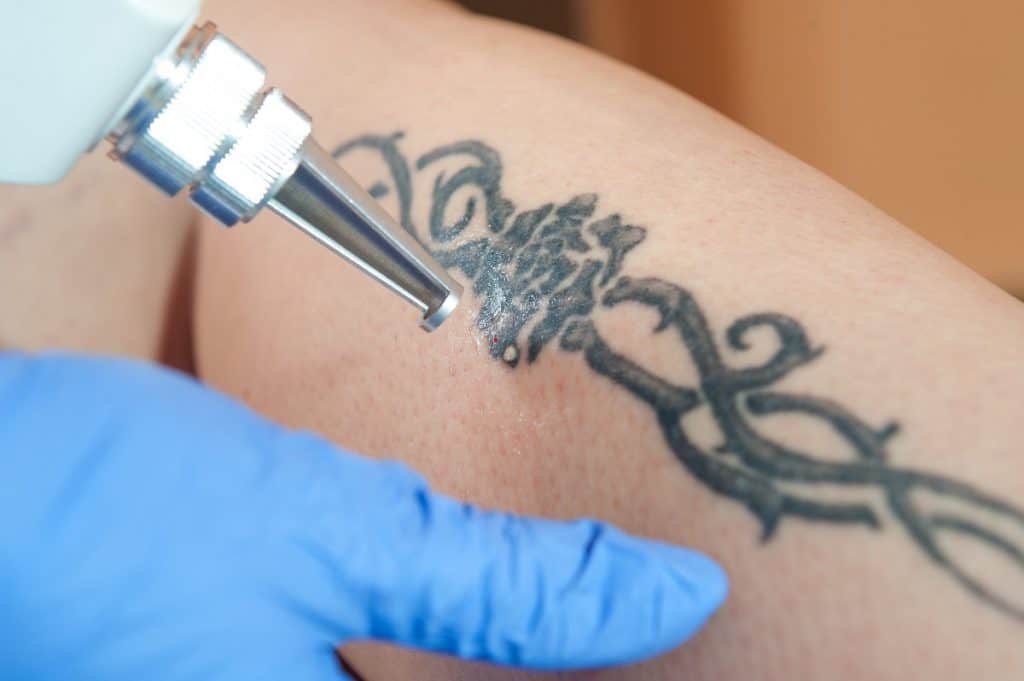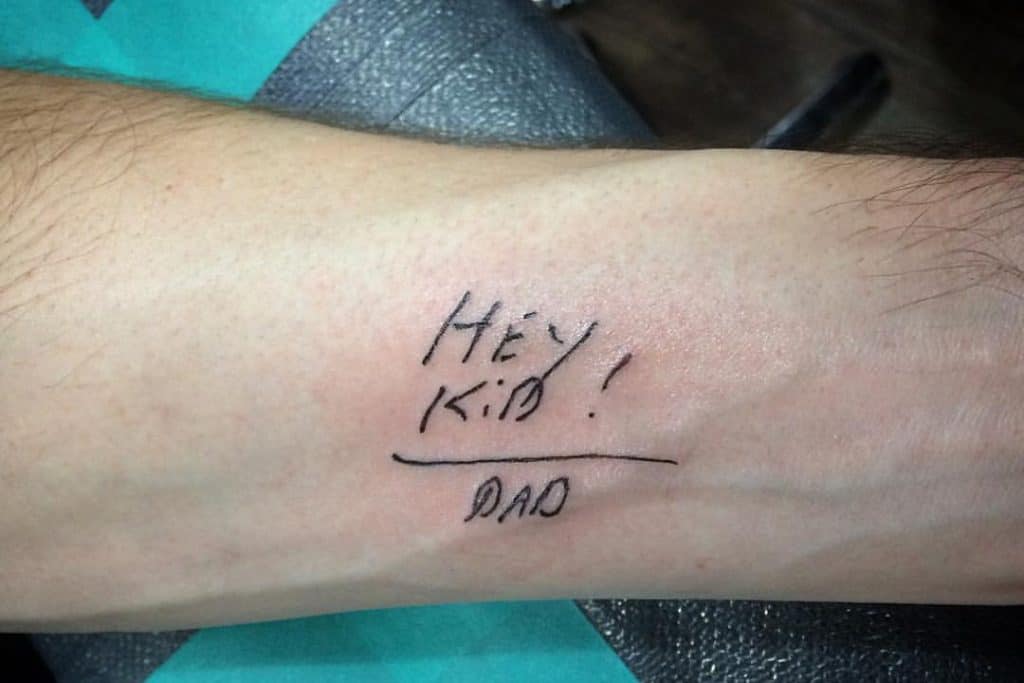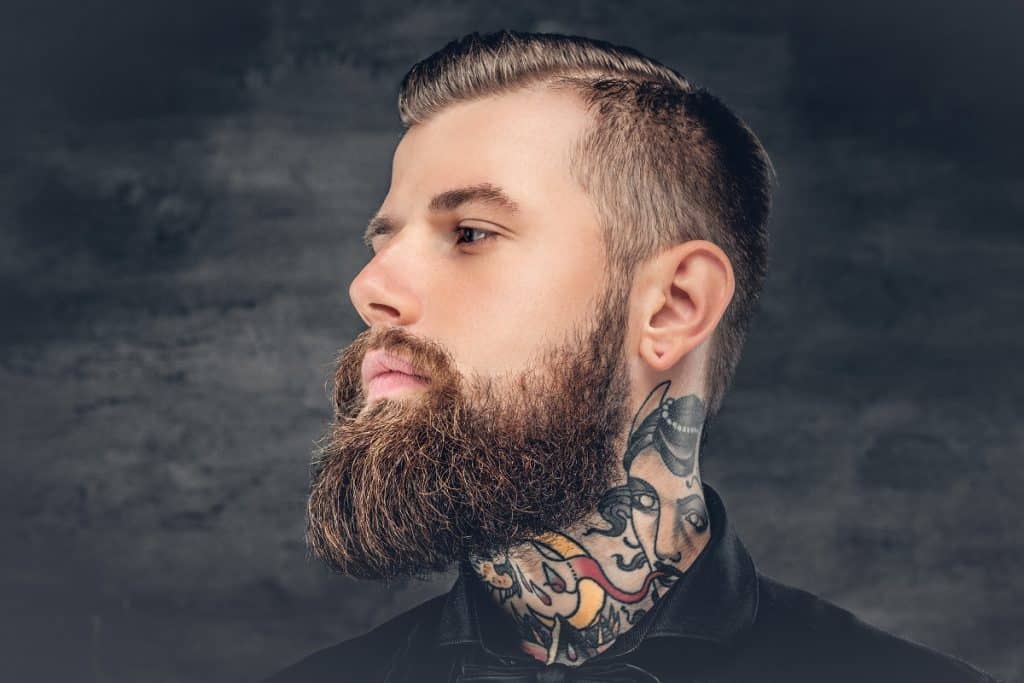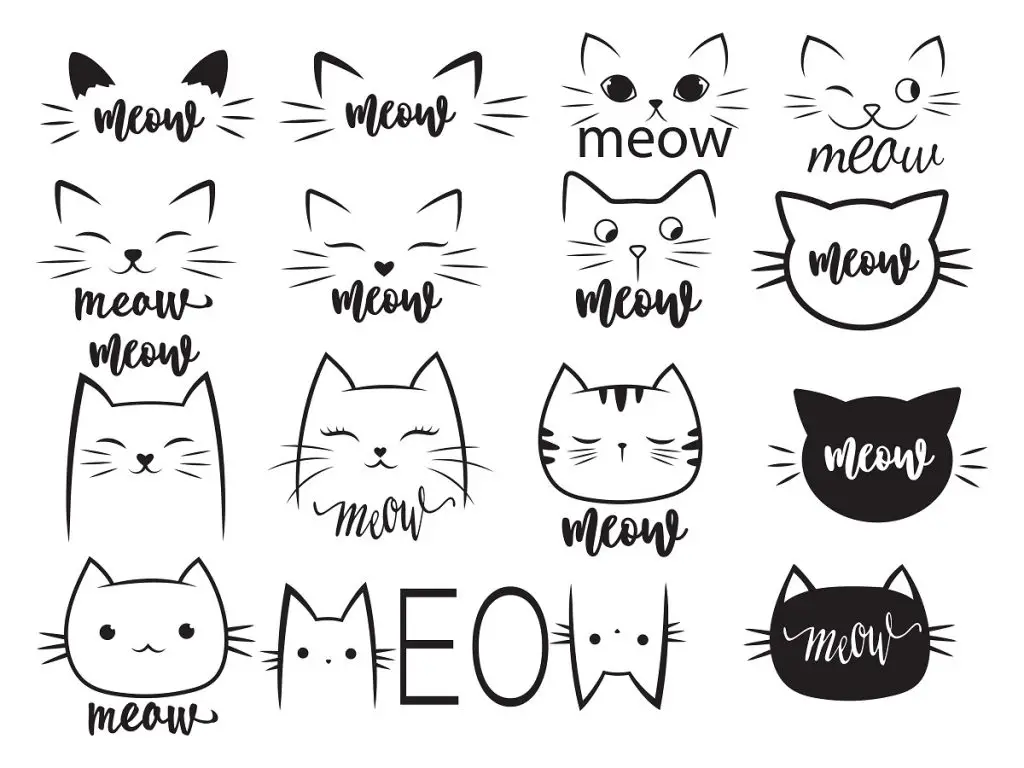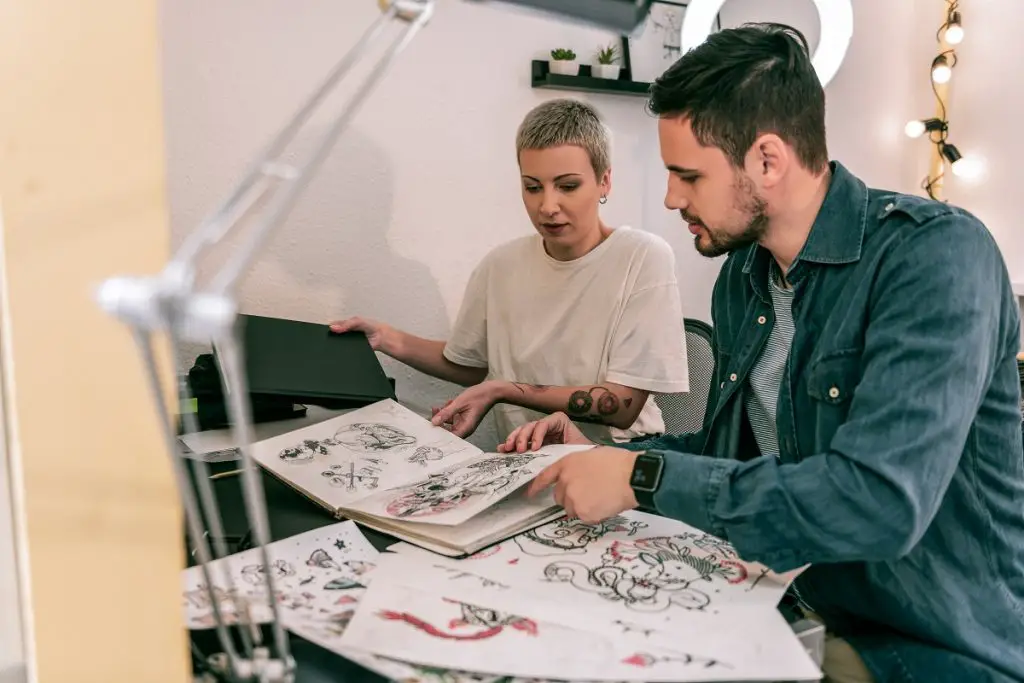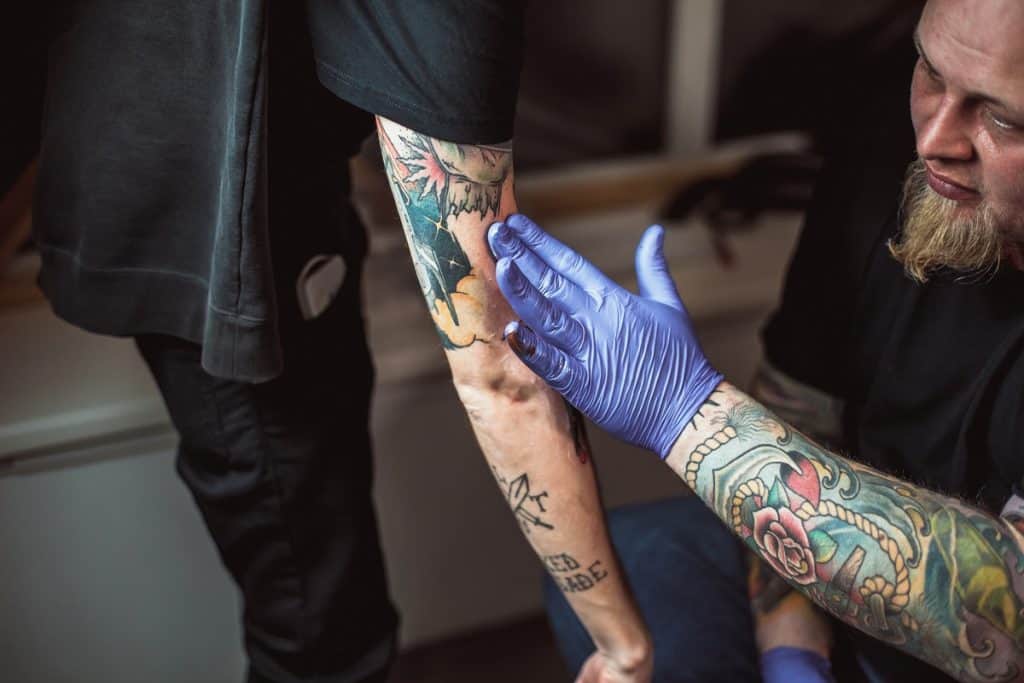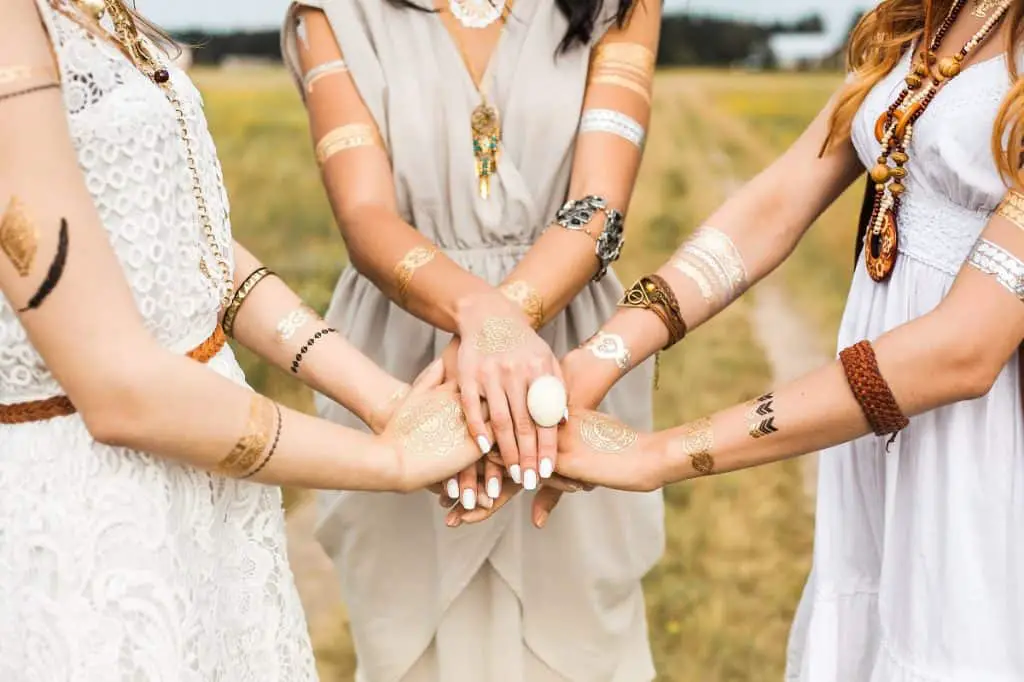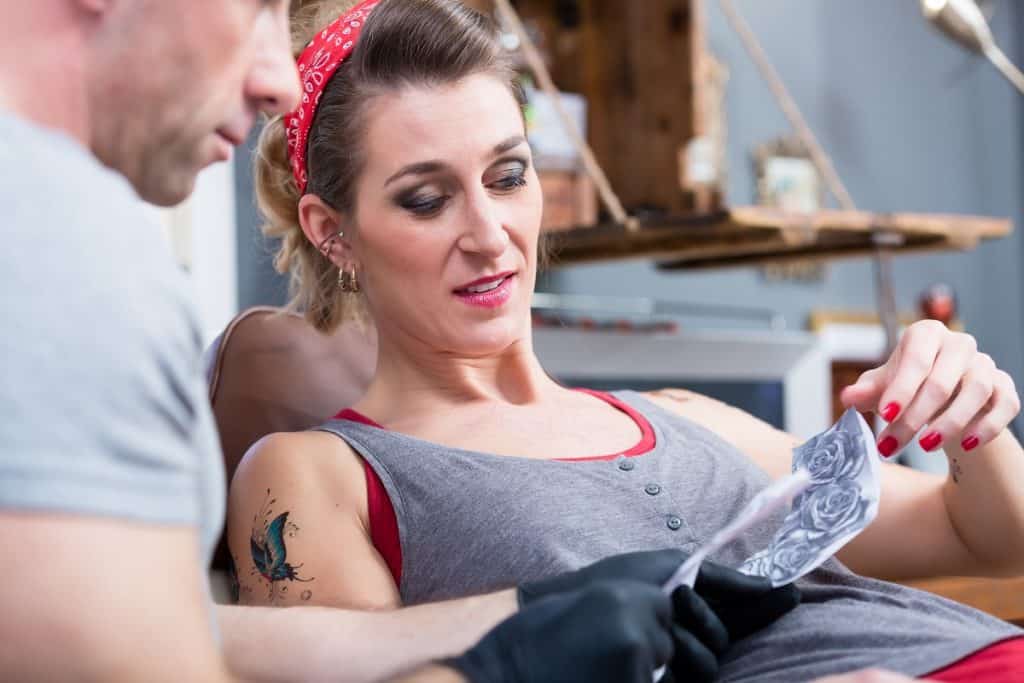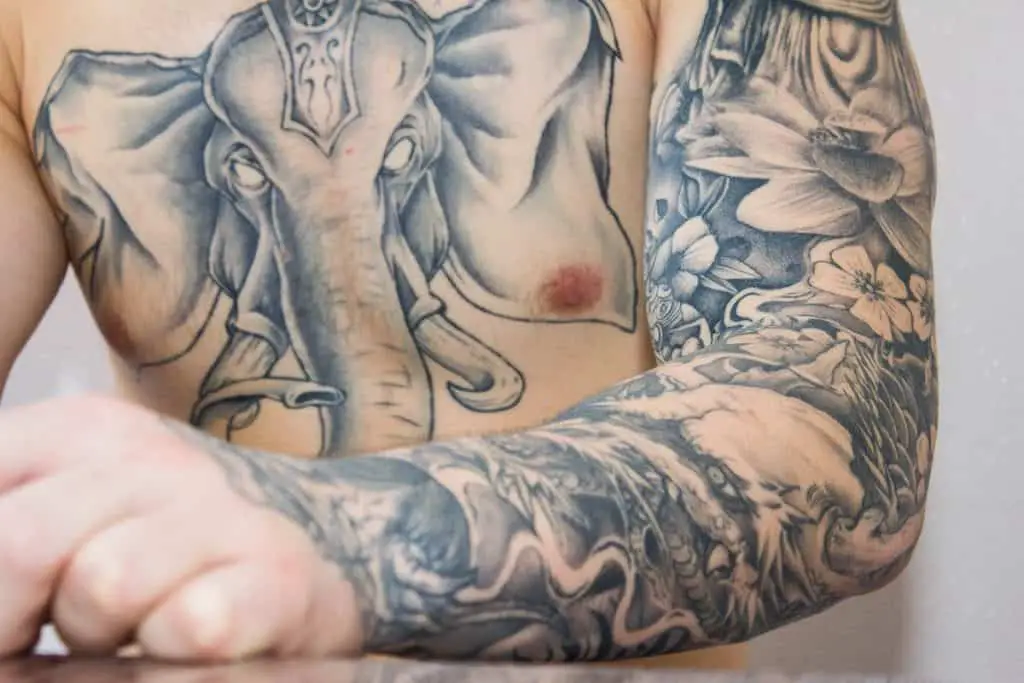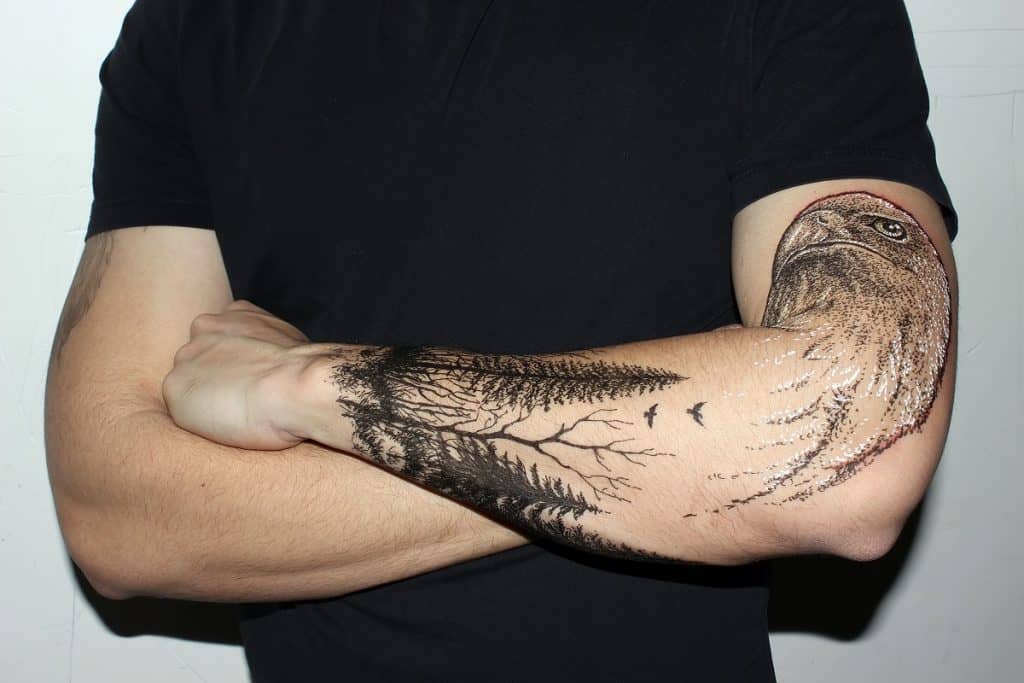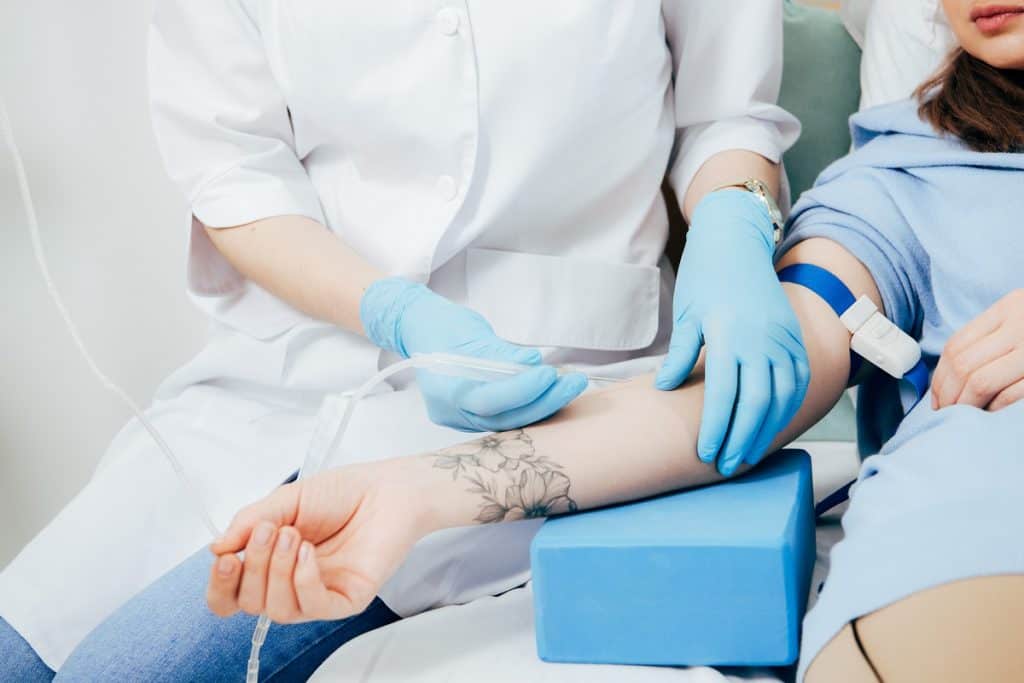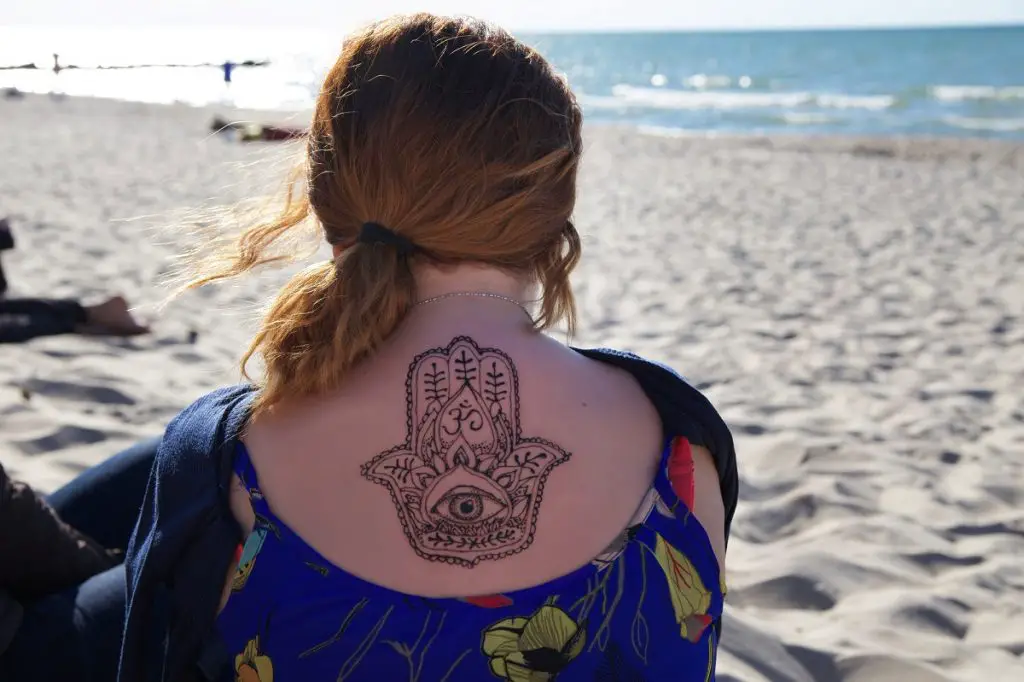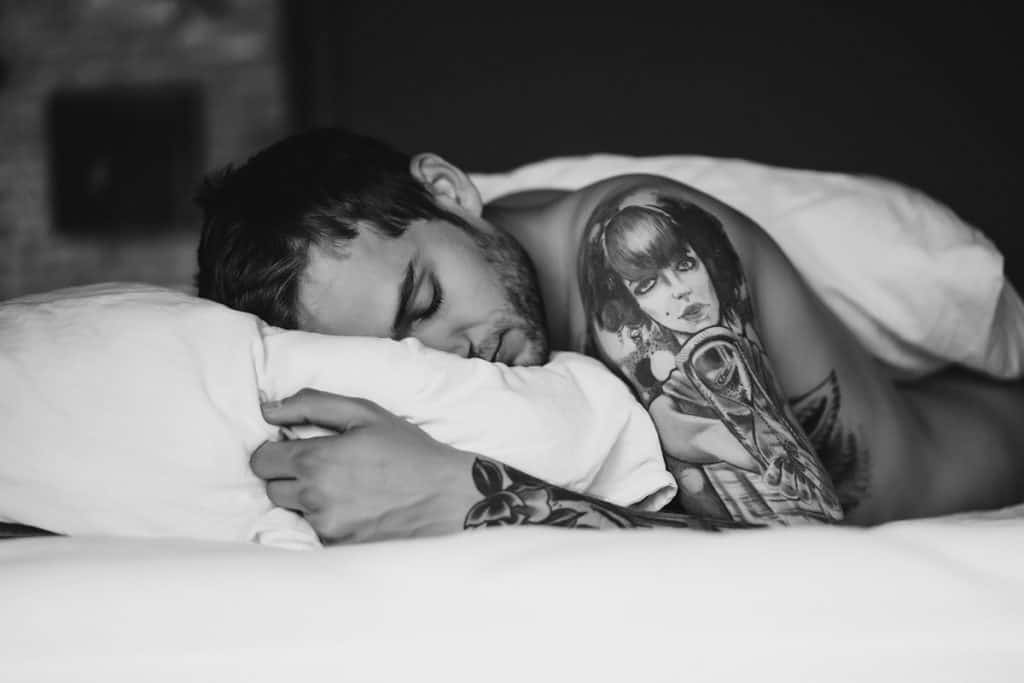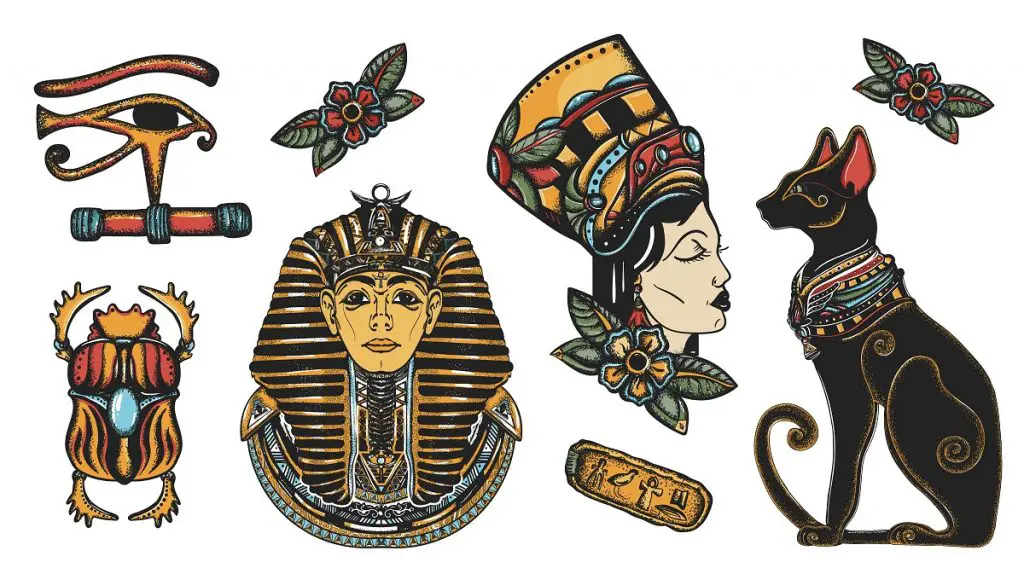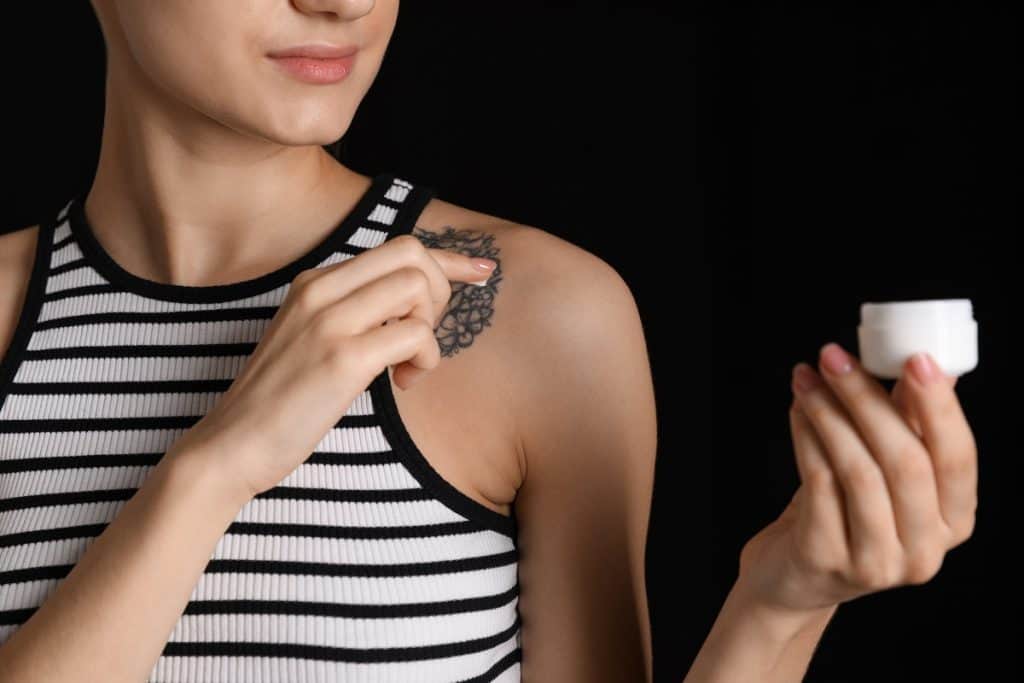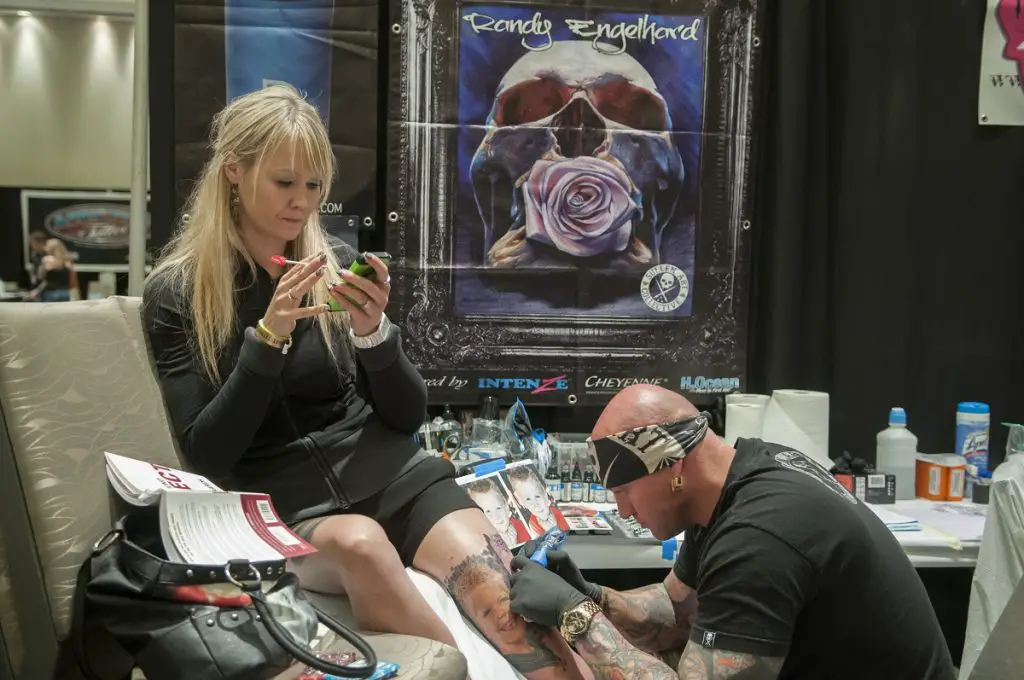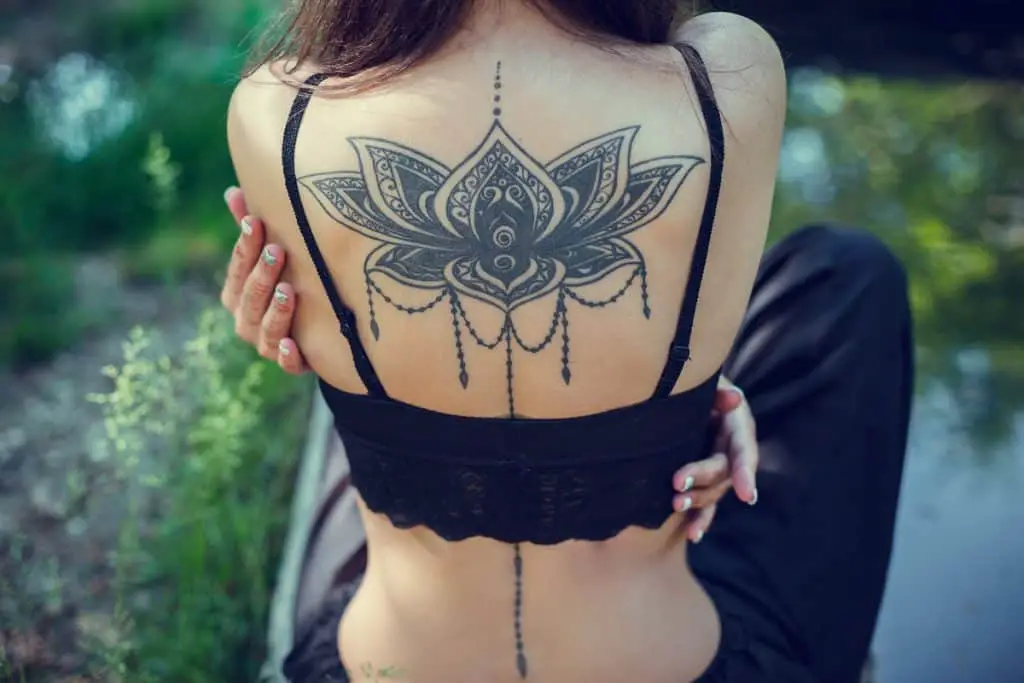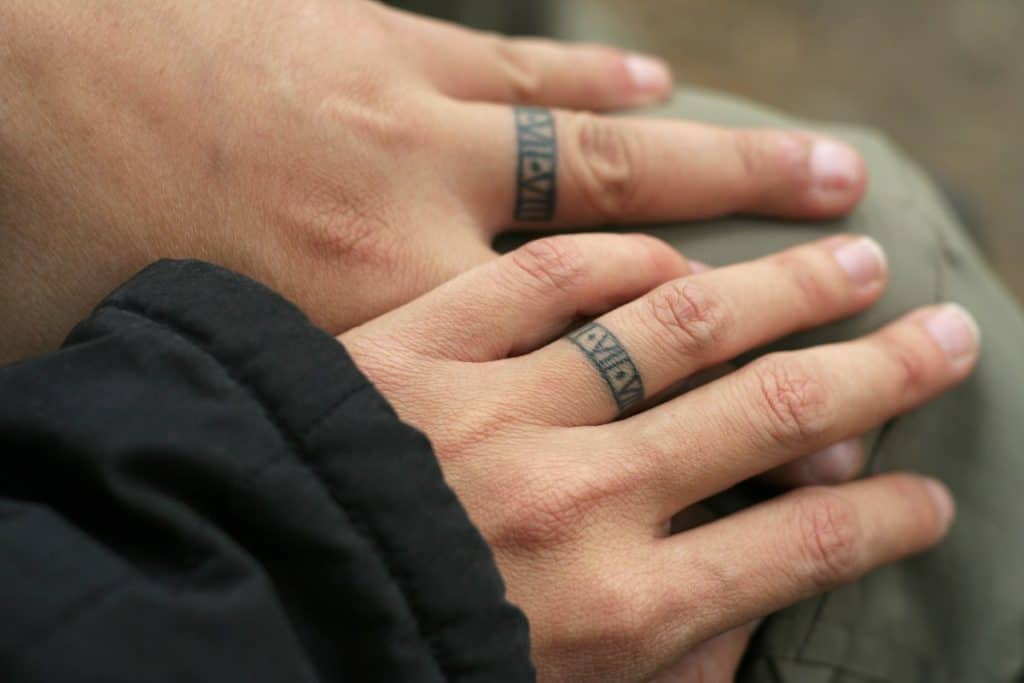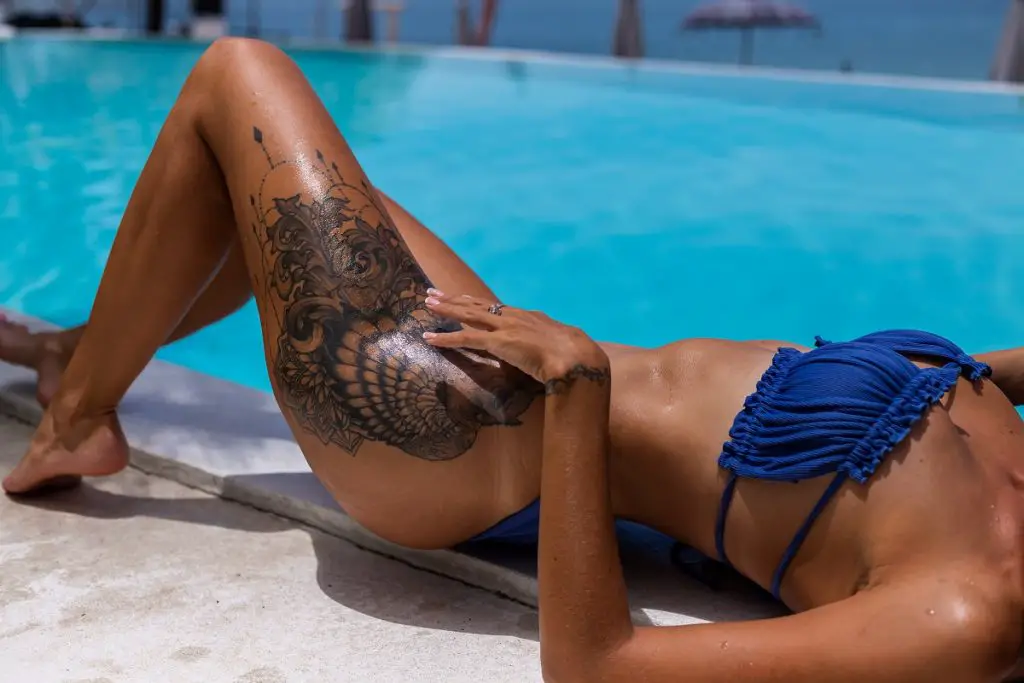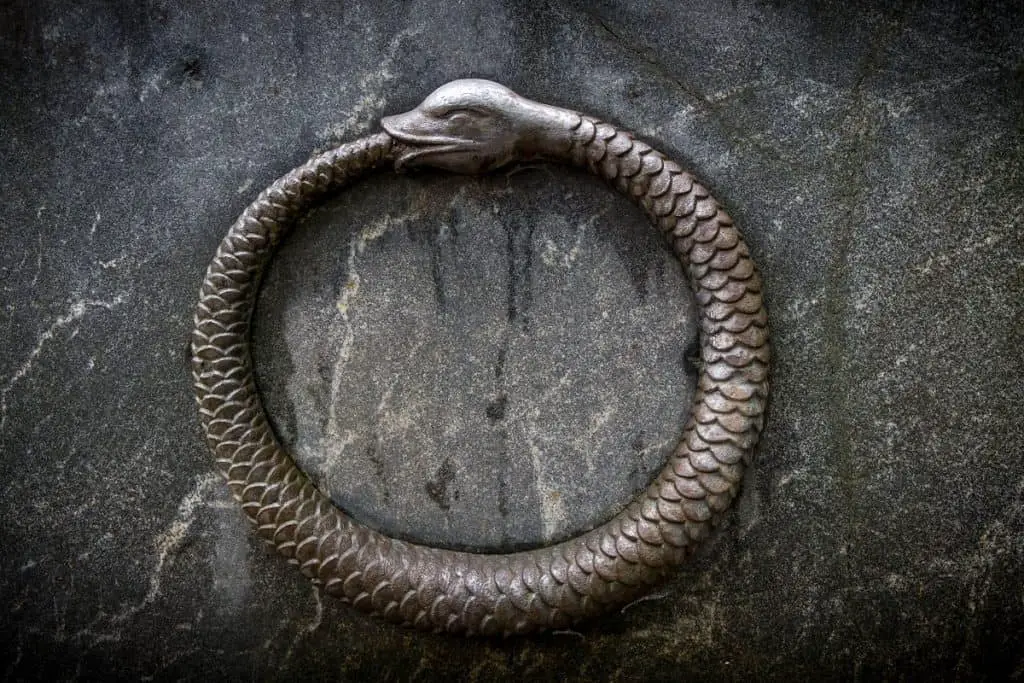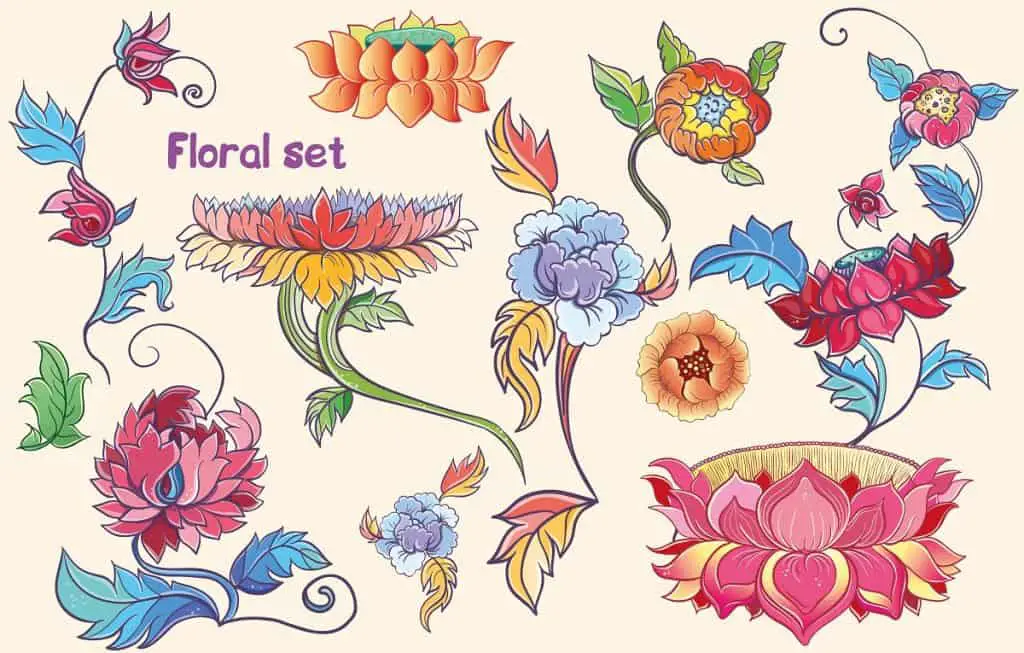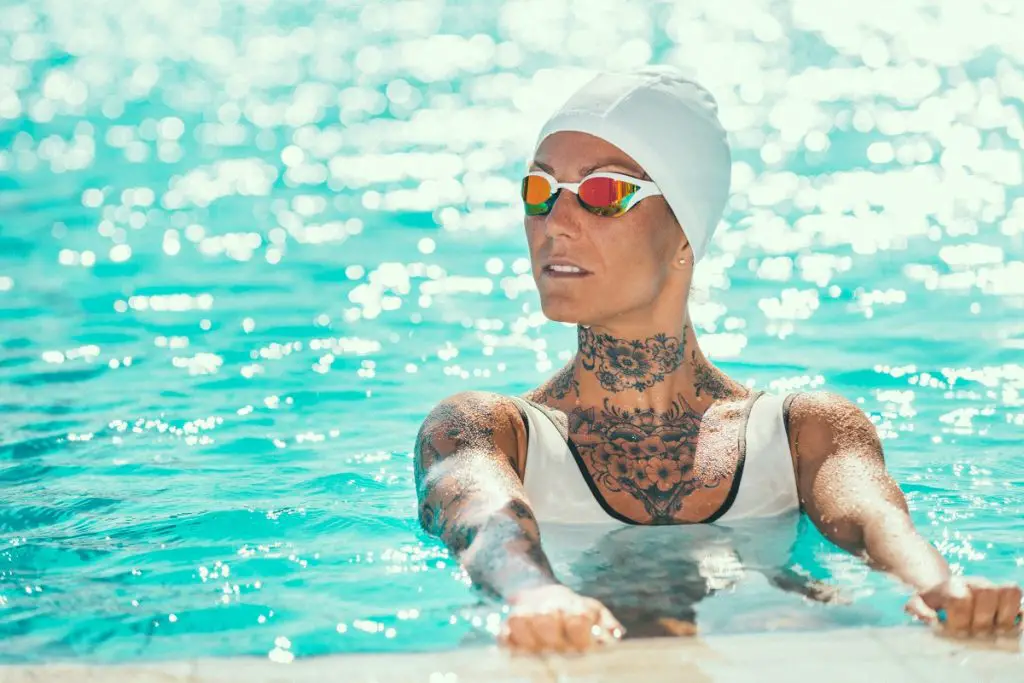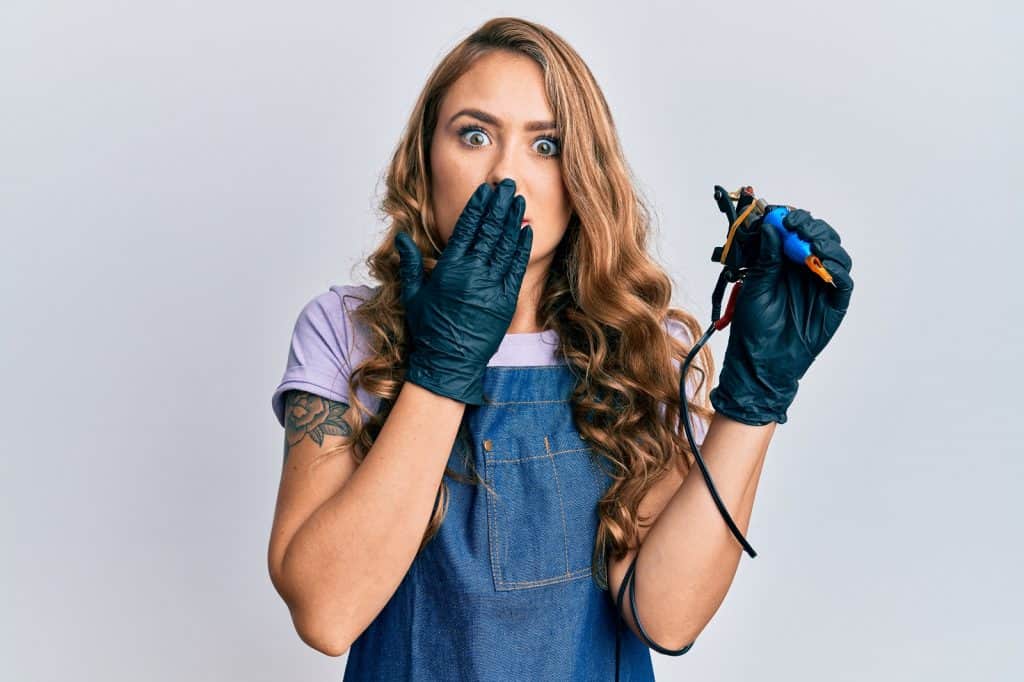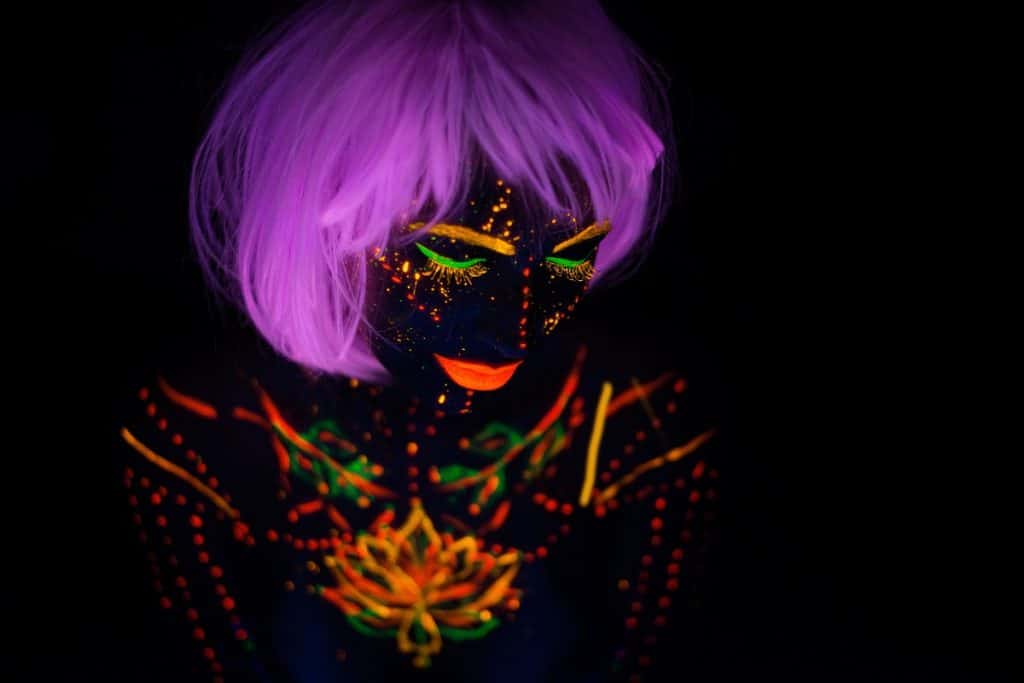Mastering Tattoo Artistry
Saved Tattoo is a go-to resource for tattoo inspiration, meanings, and advice. We cover popular tattoos like minimalist, Samurai, and Viking designs. We also provide guidance on tattoo placement, sizing, costs, aftercare, and cover-ups.
Design Matters
Find Your Next Great Tattoo
Meet your instructor
Saved Tattoo was founded in 2018 by Bella Jiang.
After graduating in 2010 from Xi’an Academy of Fine Arts, one of the top art colleges in China, Bella worked as a designer at a game company until 2014. She started her tattooing career in 2015 and opened her private studio in Hangzhou 3 years later.
The journey has been challenging. In this country, tattoo artists are often seen as a marginalized group and their work is misunderstood. Most of Bella’s college classmates settled into .com jobs or civil service roles. Bella instead opted to take the more difficult path of tattooing, not for money or fame, but to deliver on a promise she made to herself as a little girl.
Common Questions
Our tattoo library showcases stunning designs across many styles – from small minimalist tattoos to full sleeves, traditional motifs to hyper realistic portraiture, sacred geometry mandalas to vibrant botanical tattoos, and much more. Browse for ideas or use our guided searches for your perfect custom piece.
While we do not currently take direct requests, our experienced tattoo artists regularly contribute portfolio samples as well as share tips for how to best communicate your vision to a local professional tattoo shop. From recommended questions to ask to key elements for a custom brief, we cover everything you need to get amazing bespoke body art.
Our co-founders have over 40 years of combined tattoo industry experience as award-winning artists as well as shop owners. The collective knowledge from their impressive careers is directly shared through the skills guidance, aftercare recommendations, apprenticeship advice, and industry best practices across the site. Learn from the masters through our transparent, honest content.
We love seeing our readers’ tattoo sketches and works-in-progress! While we cannot currently provide individual feedback, submitting your designs helps our team generate new inspiration and areas to potentially cover in skills tutorials. And you may see your art featured in our community showcase gallery!
Yes, we have cultivated official partnerships with many influential shops globally – from LA to Berlin to Seoul and beyond. Our connections provide insider access to diverse world-class talent, techniques, and tattoo conventions to inform our ever-growing knowledge base straight from the source.

